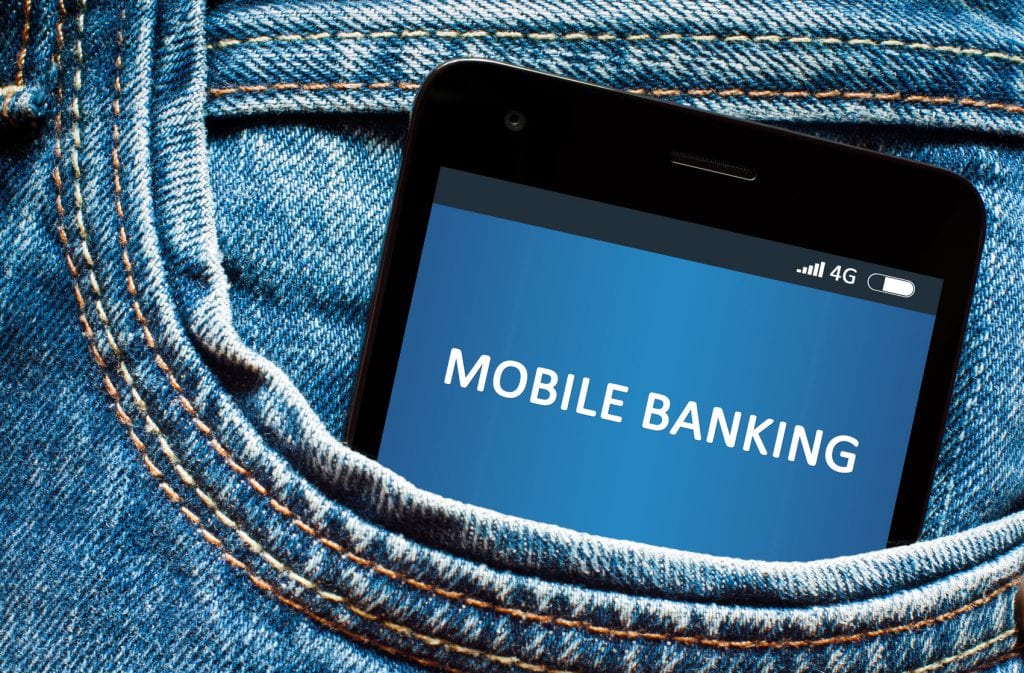The estimated arrival time for when mobilepayments will reach mass consumer adoption in the United Stateskeeps getting delayed. Some experts fearlessly predicted a coupleof years ago we’d be there by now, but multiple factors arecontributing to turbulence the industry is not navigatingwell.
The prevailing opinion from industry executives at last month’sMobile Payments Conference in Miami Beach was that an industrystandard is needed for mobile payments to succeed in the U.S. Andwhen I talk about mobile payments for the remainder of this piece,I’m defining it as the ability to initiate a purchase with a mobiledevice at a point-of-sale terminal.
Dean Seifert from Vantiv might have said it best when he remarkedthat it’s hard for anyone to rally around a standard for mobilepayments. “Until we centralize around a standard, we can’t moveforward,” he said during a presentation.
Of course, that’s been the problem since Day 1 for mobile paymentsin this country. The banks, networks, mobile operators, andretailers can’t come around a campfire, hold hands, and figure outwhat’s best. That in turn has led to everyone and their motherreleasing a different product and confusing consumers in theprocess.
Karl Weaver, formerly of Gemalto and founder of NewportTechnologies, might have uttered the most useful advice when hesaid all the industry stakeholders interested in mobile paymentsshould devise a plan that benefits everyone (consumers included)instead of being worried about how the pizza pie gets divided. Hespecifically targeted the banks.
“The banks need to reinvent their business model and work withtransit and the MNOs [to make NFC work for them],” Weaver said. Hefirmly believes NFC-enabled mobile payments can thrive in the U.S.if the industry can model itself on what he’s seen work in Asiawhere NFC-enabled mobile transit payments catapulted the technologyto widespread use.
The transit model has been applied in the U.S., but only throughpilots (the Bay Area, New York, Philadelphia, Washington, D.C.) androllouts in small cities (Salt Lake City). Chicago has the bestchance for a major NFC transition, but the new Ventra system raninto problems almost immediately and is still having minorissues.
While NFC-enabled mobile payments is at a standstill in the U.S.,Starbucks continues to break records with its app.
Starbucks was almost a curse word at the MPC because it is theposter child for how mobile payments can work on a large scale. Thecoffee giant was referenced again and again over a two-day period.The refrain “I know we keep mentioning Starbucks, but…” happenedtoo many times to count.
Starbucks is successful because its loyalty program is second tonone. The payment is not necessarily the star in this case.Consumers love using the app to easily track their rewards. Iroutinely check the app after purchases to see how many stars Ineed until my next free drink (which reminds me, I have a reward touse). I pay for Starbucks with the app for this very reason.
Mobile payments isn’t solving a problem. It doesn’t need to solveanything. Consumers don’t have an issue swiping their card forpayments. But a smartphone can do things a card can’t and that iswhere value lies. Card-linked offers are okay, but they’re boringand not personalized enough. When was the last time you usedGroupon? Mobile is the path to take for more interaction betweenthe consumer and merchant (or the MNO; or the bank).
I agree with Weaver that NFC will make for the best mobile-paymentexperience. The two-way communication between NFC-enabled phones,contactless readers, and smart posters presents endlesspossibilities.
If you remember when Samsung first introduced NFC in its Galaxyline of smartphones, the company put smart posters in airports andmalls that enabled you to download a free song or book right fromthe poster. While that promotion had no payments feature, justimagine Fandango-powered smart posters where you can instantly viewmovie showings in a five-mile radius and purchase tickets bytapping the poster with your phone. That’s innovation at itsfinest.
Whether 2014 is the year mobile payments takes a giant leap forwardis anyone’s guess. And what that giant leap actually entails isalso up for speculation. Apple continues to lurk in the shadows inregards to mobile payments. An NFC-enabled iPhone with an iTunesmobile wallet could set an industry standard by default consideringApple’s popularity with consumers. But there’s still time to comearound that campfire I spoke about earlier. I know a couple of goodspots in upstate New York if you want to make that happen.
Follow Will on Twitter @DebitPrepaid.
